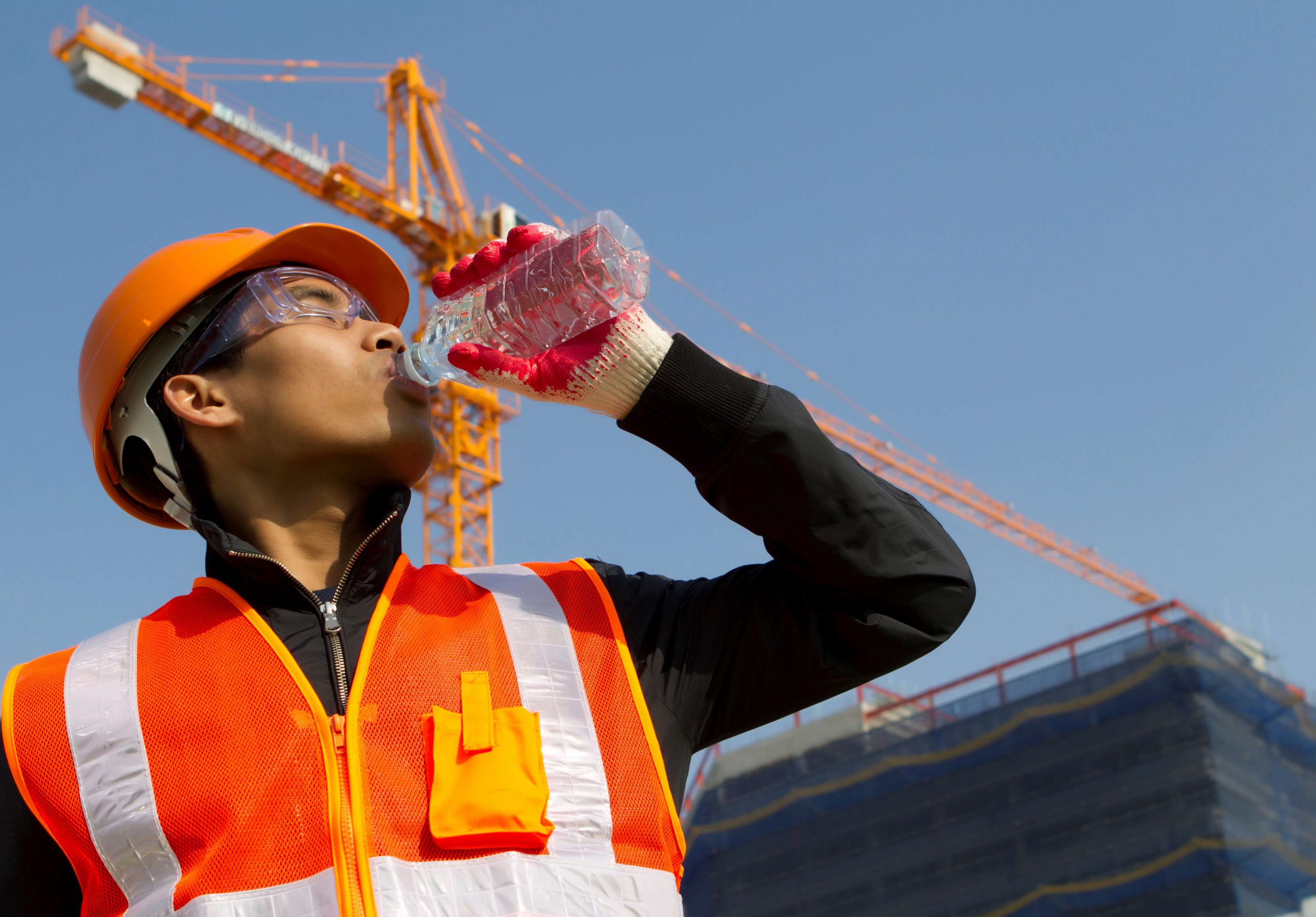Featured News - Current News - Archived News - News Categories
Know the Signs of Heat Stress!
Thu, Jun 3rd 2021 01:00 pm

The combination of heat and humidity can be a serious health threat during the summer months. If you work outside (for example at a construction site) or inside a building without a cooling system you may be at increased risk for heat related illness.
There are 3 different types of Heat-related disorders:
- Heat cramps – Heat cramps are painful, involuntary muscle spasms that usually occur during heavy exercise in hot environments. The spasms may be more intense and more prolonged than are typical nighttime leg cramps. Fluid and electrolyte loss often contribute to heat cramps. Muscles most often affected include those of your calves, arms, abdominal wall and back, although heat cramps may involve any muscle group.
- Heat exhaustion - Heat exhaustion symptoms may include heavy sweating and a rapid pulse, a result of your body overheating. Without prompt treatment, heat exhaustion can lead to heatstroke.
- Heat stroke – Heatstroke can occur if your body temperature rises to 104 F (40 C) or higher and requires emergency treatment. Untreated heatstroke can quickly damage your brain, heart, kidneys and muscles. Symptoms include:
- A core body temperature of 104 F (40 C) or higher
- Altered mental state or behavior. Confusion, agitation, slurred speech, irritability, delirium, seizures and coma
- Alteration in sweating. In heatstroke brought on by hot weather, your skin will feel hot and dry to the touch.
- Nausea and vomiting
- Your skin may turn red as your body temperature increases.
- Rapid breathing. Your breathing may become rapid and shallow.
- Racing heart rate. Your pulse may significantly increase because heat stress places a tremendous burden on your heart to help cool your body.
- Headache. Your head may throb.
It’s important to take the following precautions:
- Drink small amounts of water frequently.
- Wear light-colored, loose-fitting, breathable clothing—cotton is good.
- Take frequent short breaks in cool shade.
- Eat smaller meals before work activity.
- Avoid caffeine and alcohol or large amounts of sugar.
- Work in the shade, or try to limit exposure. UV rays are most intense between 10 a.m. and 4 p.m.
